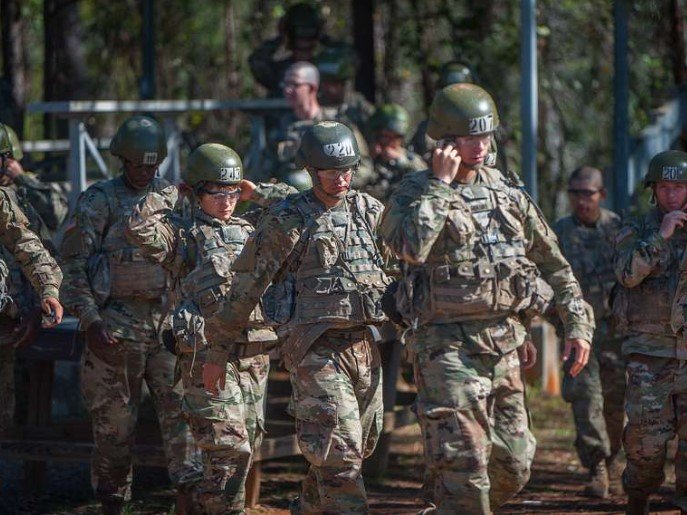The U.S. Army’s premier training ground for infantry and armor soldiers is reverting to its historic name—Fort Benning. But this time, the honor goes to a different Benning.
Defense Secretary Pete Hegseth announced Monday that the Columbus, Georgia, installation will no longer be called Fort Moore, a name it was given under the Biden administration. Instead, it will once again be Fort Benning, a title the base held for nearly a century. However, in a significant departure from the past, the base will no longer commemorate Confederate Gen. Henry L. Benning. Instead, it will be dedicated to Cpl. Fred G. Benning, a World War I hero awarded the Distinguished Service Cross for his valor in battle.
A Historic Shift in Military Base Naming
The decision to restore Fort Benning’s name is part of a broader effort by the Pentagon to reestablish traditional military designations while moving away from Confederate-linked figures. Under the previous administration, the Department of Defense renamed several Army installations that bore the names of Confederate generals, including Fort Bragg, Fort Rucker, and Fort Lee.

Hegseth’s directive reverses that approach but introduces a twist—honoring American soldiers who demonstrated exceptional bravery in combat rather than figures associated with the Confederacy.
“This change underscores the installation’s storied history of service to the United States of America, honors the warfighter ethos, and recognizes an American hero,” Hegseth said in a statement.
Who Was Cpl. Fred G. Benning?
Unlike Gen. Henry L. Benning, a Confederate leader who fought against the Union, Cpl. Fred G. Benning was a U.S. Army soldier who distinguished himself in combat during World War I. He was awarded the Distinguished Service Cross—the military’s second-highest decoration for valor—for extraordinary heroism in France in 1918.
Few details about Benning’s life have been widely documented, but records indicate he played a crucial role in leading his unit under heavy enemy fire, ensuring the success of his mission despite overwhelming odds.
The Debate Over Military Base Names
The renaming of military installations has been a contentious topic in recent years. In 2021, the Naming Commission, a panel established by Congress, recommended changing the names of nine Army bases that honored Confederate figures. Fort Benning became Fort Moore, named after Lt. Gen. Hal Moore and his wife, Julia Moore, in recognition of their contributions to military service and family support.
Supporters of the renaming efforts argued that honoring Confederate generals was inappropriate, given their role in fighting against the United States. However, critics saw the changes as an attempt to erase history. Hegseth’s decision to reinstate Fort Benning’s name while selecting a different honoree appears to be a compromise between preserving historical continuity and moving away from Confederate-linked figures.
What Comes Next for Fort Benning?
With the decision finalized, the Army is expected to begin transitioning signage, official documents, and references back to Fort Benning. It remains to be seen how service members and local communities will react to the shift, especially since some had already embraced Fort Moore’s designation.
Meanwhile, other military bases that underwent name changes during the previous administration could also see similar reversals. Hegseth has hinted at reviewing other installations, including Fort Bragg, which was renamed Fort Liberty.
While this latest decision underscores the ongoing tug-of-war over historical memory in the U.S. military, one thing is clear: Fort Benning, under its new namesake, will continue its legacy as a premier training ground for America’s soldiers.
